Sultan Muhammad Fateh
Sultan Muhammad Fateh Season 2 Free
Sultan Muhammad Fateh, also known as Mehmed II or Mehmed the Conqueror, stands as one of the most formidable figures in Ottoman history. His reign, which began in 1444 and continued until his death in 1481, marked a transformative period for the Ottoman Empire.
He is best known for his conquest of Constantinople in 1453, a pivotal event that not only reshaped the geopolitical landscape of the time but also cemented his legacy as one of history’s great military leaders.
Early Life and Ascension to the Throne
Born on March 30, 1432, in Edirne, then the capital of the Ottoman Empire, Mehmed II was the son of Sultan Murad II and Hüma Hatun. His early education was thorough, with a focus on military strategy, governance, and Islamic jurisprudence. Mehmed’s upbringing was marked by a blend of traditional Ottoman values and a forward-looking vision, which would later influence his policies and military strategies.
Mehmed II’s path to the throne was not straightforward. His father, Sultan Murad II, initially abdicated in 1444 in favor of Mehmed, but was compelled to return to power due to internal strife and external threats. It wasn’t until 1451, after Murad II’s death, that Mehmed II assumed full control as Sultan. His return to power was marked by a determination to consolidate Ottoman territories and expand the empire’s influence, setting the stage for his most famous achievement: the conquest of Constantinople.
The Conquest of Constantinople
The fall of Constantinople on May 29, 1453, is widely regarded as one of the most significant events in medieval history. For centuries, Constantinople had been the capital of the Byzantine Empire and a bastion of Christian civilization. Its strategic location, bridging Europe and Asia, made it a coveted prize for any aspiring empire.
Sultan Mehmed II meticulously planned the siege of Constantinople, demonstrating both military genius and strategic foresight. The city was heavily fortified, with formidable walls and a well-organized defense system. To overcome these defenses, Mehmed employed a combination of traditional siege tactics and innovative strategies.
Sultan Muhammad Fateh Season 2 Overview
One of his most notable innovations was the use of large cannons, which were groundbreaking for their time. The Ottomans constructed massive cannons, including the famous “Basilica” cannon, capable of breaching the city’s formidable walls. The deployment of these cannons played a crucial role in the eventual success of the siege.
Mehmed II also used psychological warfare and strategic deception to undermine the defenders’ morale. He maintained a rigorous blockade of the city, cutting off supplies and reinforcements, which gradually weakened the Byzantine resistance. The combination of relentless pressure, innovative weaponry, and strategic acumen culminated in the successful breach of the city’s defenses.
When Constantinople fell, Mehmed II’s approach to the city’s inhabitants was marked by pragmatism and restraint. Unlike many conquerors of the time, he allowed the Christian inhabitants to practice their faith and ensured that their properties were protected. This approach not only facilitated a smoother transition but also helped in consolidating Ottoman control over the city.
-

Sultan Muhammad Fateh Episode 39 With Urdu Subtitles
The much-awaited Sultan Muhammad Fateh Episode 39 has finally been released, continuing the thrilling journey of the great Ottoman Sultan who conquered…
Read More » -
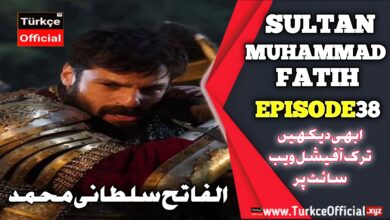
Sultan Mehmet Fateh Episode 38 with urdu subtitles
The epic series Salahuddin Ayubi Episode 38 continues its thrilling journey, bringing viewers deeper into the legendary battles and struggles…
Read More » -
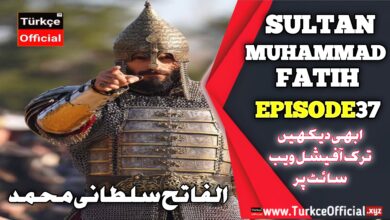
Sultan Mehmet Fateh Episode 37 with urdu subtitles
The legendary journey of Sultan Mehmed continues in Mehmed Fetihler Sultani Episode 37, as the battle for Constantinople intensifies. With…
Read More » -
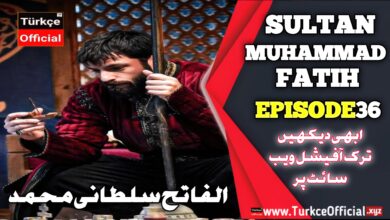
Sultan Mehmet Fateh Episode 36 with Urdu Subtitles
The grand saga of Mehmed Fetihler Sultani continues with Episode 36, packed with political intrigue, military confrontations, and intense character…
Read More » -

Sultan Mehmet Fateh Episode 35 with Urdu Subtitles
In Episode 35 of Sultan Muhammad Fateh, the series delves deeper into the strategic and emotional complexities leading up to…
Read More » -
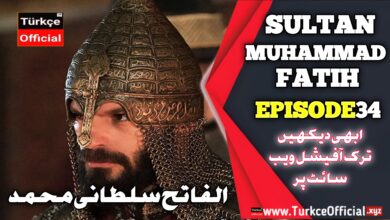
Sultan Muhammad Fateh Episode 34 in Urdu Subtitles
Sultan Muhammad Fateh Season 2 Episode 34 in Urdu Subtitles is finally here, bringing intense battles, strategic maneuvers, and powerful…
Read More » -
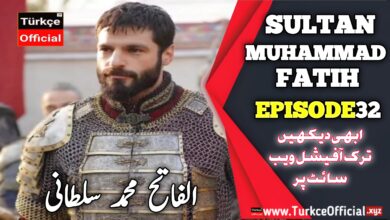
Sultan Muhammad Fateh Episode 32 with Urdu Subtitles
Sultan Muhammad Fateh Episode 32 with Urdu Subtitles is here, and it promises to be another captivating episode in this historical…
Read More » -

Sultan Muhammad Fateh Season 2 Episode 31 in Urdu Subtitles
The wait for Sultan Muhammad Fateh Season 2 Episode 31 in Urdu Subtitles is finally over. Fans eagerly anticipate this new episode.…
Read More » -

Sultan Muhammad Fateh Season 2 Episode 30 in Urdu Subtitles
The eagerly awaited Sultan Muhammad Fateh Season 2 Episode 30 in Urdu Subtitles continues the captivating journey of one of history’s most…
Read More » -

Sultan Muhammad Fateh Season 2 Episode 29 in Urdu Subtitles
Sultan Muhammad Fateh Season 2 Episode 29 in Urdu Subtitles Sultan Muhammad Fateh Season 2 Episode 29, with Urdu subtitles,…
Read More »